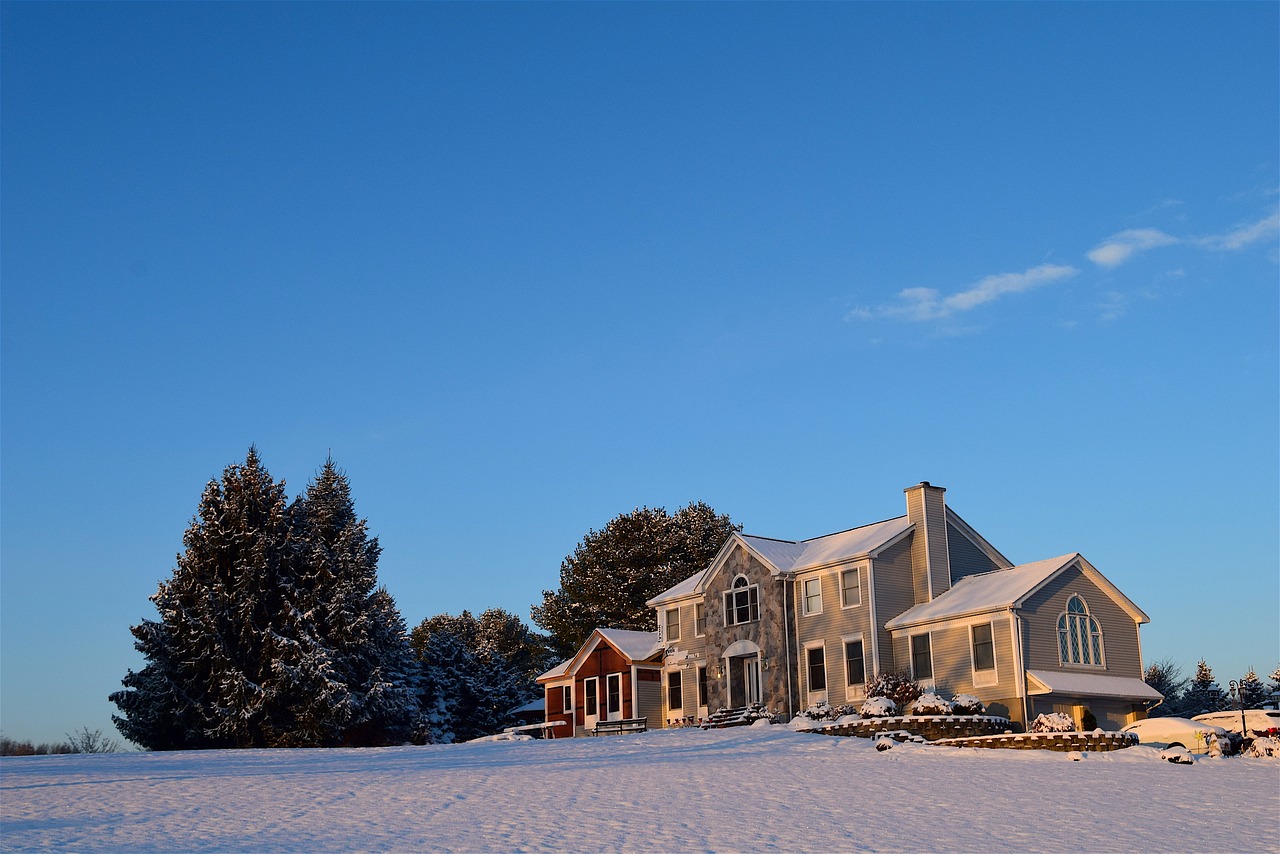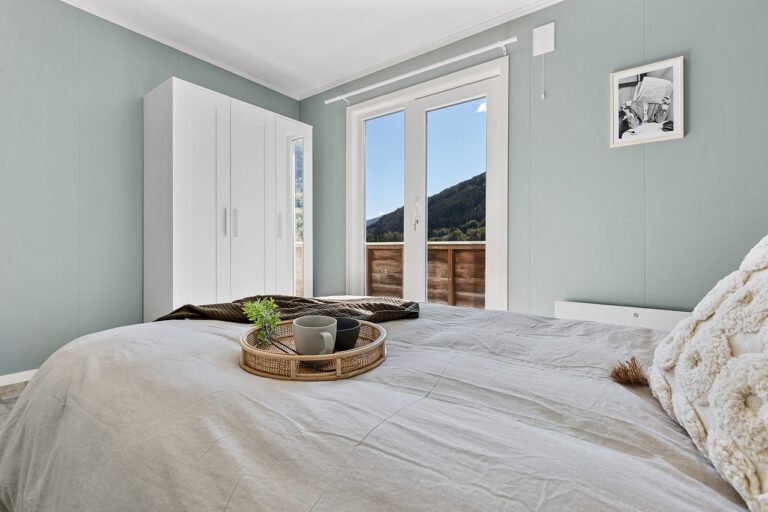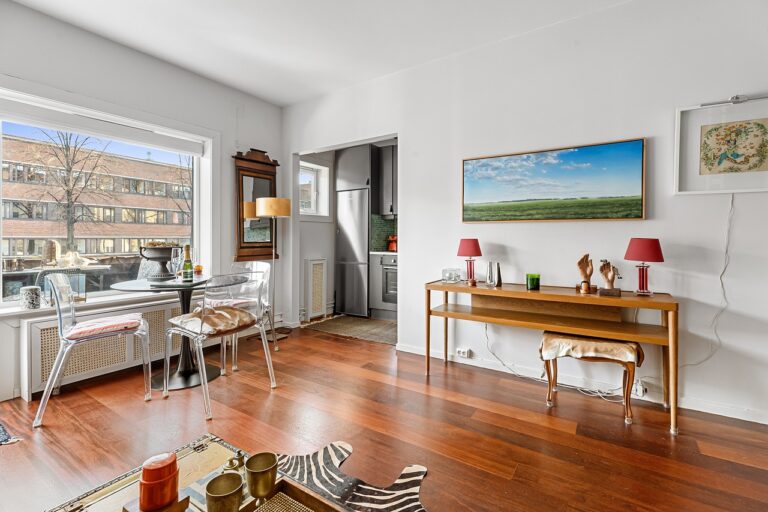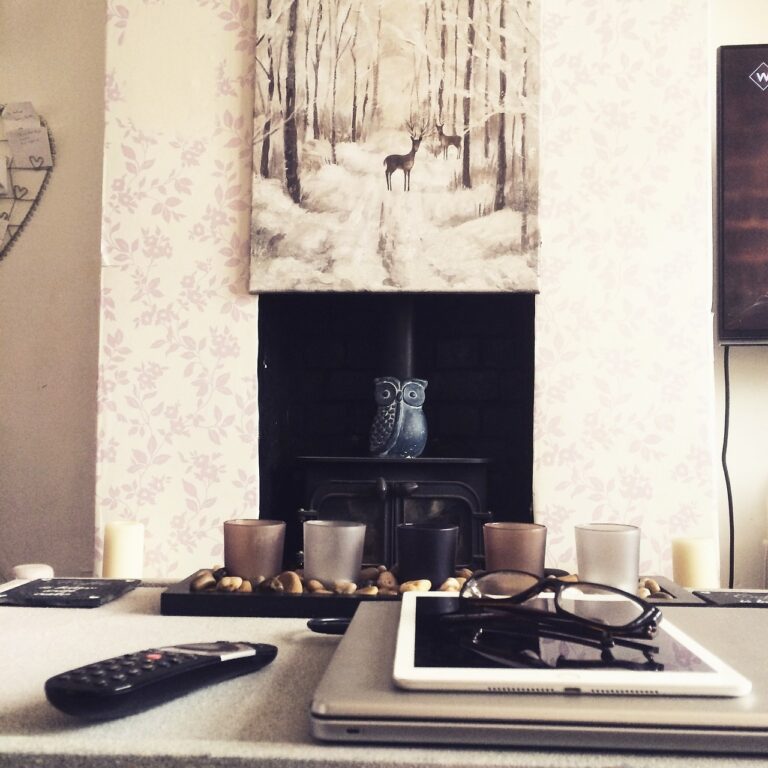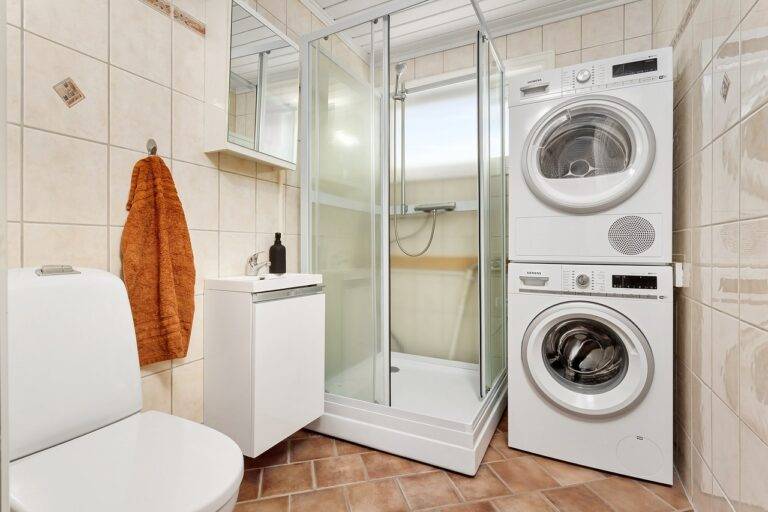Designing Accessible Spaces for Aging in Place
When designing spaces for aging in place, it is crucial to prioritize safety and accessibility. Installing grab bars in key areas such as bathrooms and staircases can provide essential support for older adults. Additionally, ensuring that pathways are clear and free of obstacles can help prevent falls and accidents.
Consider incorporating features like lever-style door handles and rocker light switches to make daily tasks easier for aging individuals. It is also important to evaluate the layout of the home to ensure that essential spaces like bedrooms, bathrooms, and kitchens are easily accessible without the need to navigate stairs or tight hallways. By taking these factors into account, you can create a comfortable and functional living environment for seniors looking to age in place.
Assessing Mobility Needs in Home Design
When designing a home with aging in place in mind, it is crucial to assess the mobility needs of the residents. Practical considerations such as the width of doorways and hallways should be examined to ensure easy navigation for individuals with mobility challenges. Additionally, the placement of light switches and outlets should be strategically planned at accessible heights to accommodate those with limited reach.
Furthermore, in the realm of home design to promote mobility, the incorporation of grab bars in key locations can significantly enhance safety. Installing these bars near toilets, showers, and staircases can provide crucial support for individuals with balance issues or difficulty moving around. By proactively addressing mobility needs in the design phase of a home, it is possible to create a space that is both functional and comfortable for individuals of all ages and abilities.
Creating Safe Bathrooms for Older Adults
Bathrooms can present challenges for older adults, especially those with limited mobility. To create a safe bathroom environment, consider installing grab bars near the toilet and shower to provide stability and support. Non-slip mats are essential to prevent slipping accidents, while a shower chair can offer a secure seating option.
Additionally, adjusting the height of the toilet seat to make it easier to sit and stand can significantly improve bathroom accessibility. Installing a handheld showerhead allows for greater flexibility and independence in showering. Proper lighting is crucial to enhance visibility and reduce the risk of falls, so ensure that the bathroom is well-lit with bright, glare-free lighting.
Why is it important to create safe bathrooms for older adults?
It is important to create safe bathrooms for older adults to prevent falls and injuries that can occur due to reduced mobility and balance issues.
What are some key considerations for aging in place spaces?
Some key considerations for aging in place spaces include ensuring accessibility, incorporating grab bars and non-slip flooring, and providing adequate lighting.
How can mobility needs be assessed in home design?
Mobility needs can be assessed in home design by evaluating the individual’s ability to navigate through the space, considering the use of mobility aids, and identifying potential hazards.
What are some tips for creating safe bathrooms for older adults?
Some tips for creating safe bathrooms for older adults include installing grab bars near the toilet and shower, using non-slip mats in the bathtub, and ensuring that the bathroom is well-lit.
How can bathroom fixtures be adjusted to meet the needs of older adults?
Bathroom fixtures can be adjusted to meet the needs of older adults by installing handrails near the toilet and shower, raising the height of the toilet seat, and using lever-style faucets for easier operation.

